A Guide To Hiking In The Swiss Alps
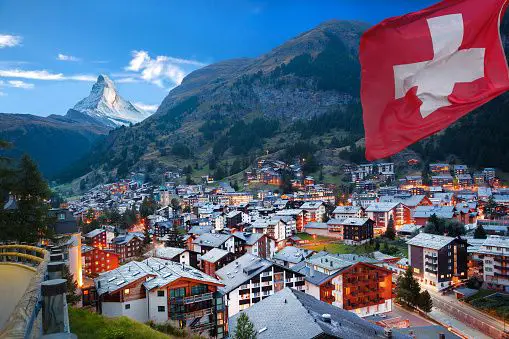
The Swiss Alps are one of the most famous mountain ranges in the world, located in the heart of Europe. With its towering peaks, breathtaking views, and stunning scenery, the Swiss Alps offer a unique and unforgettable experience for travelers from all over the world.
Whether you're an experienced mountaineer or a casual hiker, the Swiss Alps offer something for everyone.
One of the most popular destinations in the Swiss Alps is the town of Zermatt, which is situated at the foot of the famous Matterhorn mountain.
Zermatt is a charming and picturesque town that is famous for its skiing and snowboarding, as well as its unique architecture and culture.
Visitors to Zermatt can enjoy a variety of outdoor activities, including skiing, snowboarding, hiking, and mountain biking.
Another popular destination in the Swiss Alps is the town of Grindelwald, which is situated at the foot of the famous Eiger mountain.
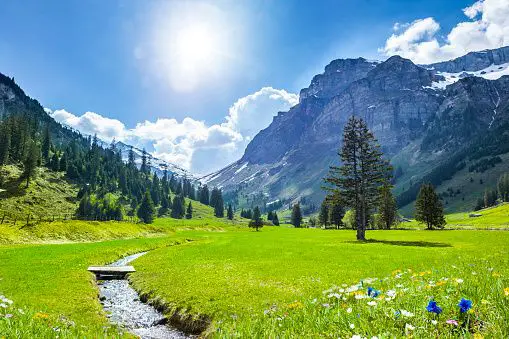
Grindelwald is a beautiful and scenic town that is known for its skiing, hiking, and mountaineering.
Visitors to Grindelwald can enjoy a variety of outdoor activities, including skiing, snowboarding, hiking, and mountain biking.
For those who prefer a more relaxed pace, the Swiss Alps also offer a variety of cultural experiences.
The town of St. Moritz is a world-renowned destination for luxury skiing and winter sports, as well as for its haute cuisine, designer boutiques, and world-class cultural events. Visitors to St.
Moritz can enjoy a variety of cultural experiences, including art exhibits, music festivals, and theater performances.
The Swiss Alps are also home to a variety of wildlife, including deer, chamois, ibex, and eagles. Visitors to the Swiss Alps can enjoy a variety of wildlife watching experiences, including guided tours and nature walks.
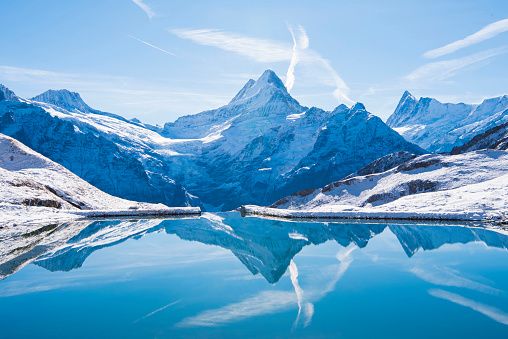
In addition to its stunning scenery and outdoor activities, the Swiss Alps are also known for their unique and flavorful cuisine.
Swiss cuisine is a blend of German, French, and Italian influences, with dishes such as cheese fondue, raclette, and roesti being popular favorites.
Overall, the Swiss Alps offer a unique and unforgettable experience for travelers from all over the world.
With its stunning scenery, outdoor activities, cultural experiences, and flavorful cuisine, the Swiss Alps are a must-see destination for anyone looking for adventure and excitement.
So whether you're a seasoned traveler or a first-time visitor, make sure to add the Swiss Alps to your travel itinerary. You won't be disappointed.
Hiking guides in the Swiss Alps
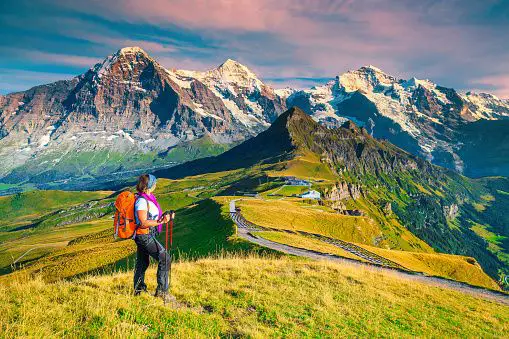
The Swiss Alps are a hiker's paradise, with over 65,000 kilometers of well-maintained hiking trails that offer some of the most breathtaking views in the world.
From beginner-friendly hikes to challenging multi-day treks, there is a trail for every level of hiker in the Swiss Alps. In this guide, we will cover everything you need to know to plan a successful hiking trip in the Swiss Alps.
When to Go
The best time to go hiking in the Swiss Alps is from June to September, when the weather is warm and the trails are free of snow.
During this time, the days are long, and the weather is generally sunny and dry. Keep in mind that the weather in the mountains can change quickly, so be sure to check the forecast and pack appropriate gear for all conditions.
Where to Go
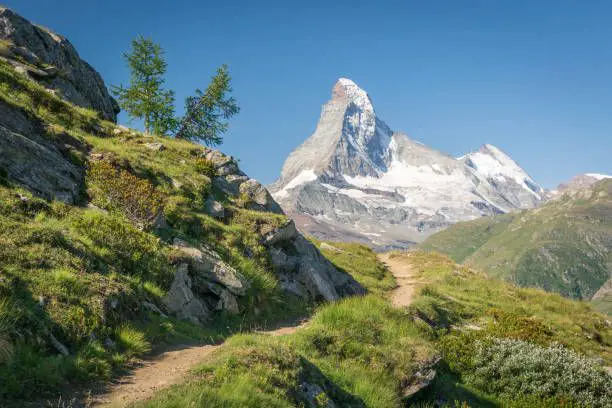
There are countless hiking trails in the Swiss Alps, but some of the most popular and scenic routes include:
The Haute Route: A challenging multi-day trek that takes hikers from Chamonix in France to Zermatt in Switzerland, passing through some of the most iconic peaks in the Alps.
The Bernese Oberland: A region in central Switzerland that is home to some of the most scenic hikes in the country, including the famous Eiger Trail and the Schilthorn Circuit.
The Valais: A region in southwestern Switzerland that is known for its picturesque villages, stunning views of the Matterhorn, and challenging hiking trails, such as the Matterhorn Glacier Trail.
The Engadine: A valley in southeastern Switzerland that is home to some of the most beautiful alpine lakes in the country, as well as the famous Via Engiadina trail.
What to Pack
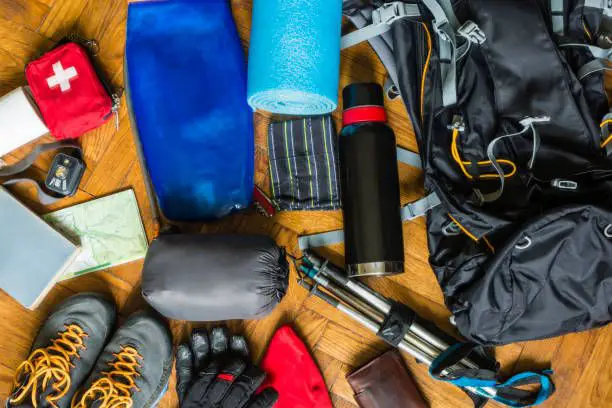
When planning a hiking trip in the Swiss Alps, it's important to pack appropriately for the terrain and weather conditions. Some essential items to bring include:
Hiking boots: Invest in a good pair of sturdy, waterproof hiking boots with ankle support.
Waterproof jacket and pants: Even in the summer, the weather in the mountains can be unpredictable, so be prepared for rain and snow.
Warm layers: Temperatures can drop quickly in the mountains, so bring warm layers such as a fleece jacket, hat, and gloves.
Sunscreen and sunglasses: The sun can be strong at high altitudes, so protect your skin and eyes.
Water and snacks: Bring plenty of water and energy-rich snacks to keep you fueled during your hike.
Map and compass or GPS device: In case of emergency, it's important to have a map and compass or GPS device to navigate the trails.
First-aid kit: It's always a good idea to bring a small first-aid kit with items such as bandages, pain relievers, and blister treatment.
Trekking poles: Trekking poles can provide added support and stability, especially on steep or uneven terrain.
Cash: Some mountain huts and restaurants only accept cash, so it's a good idea to bring some Swiss francs.
Tips for Hiking in the Swiss Alps
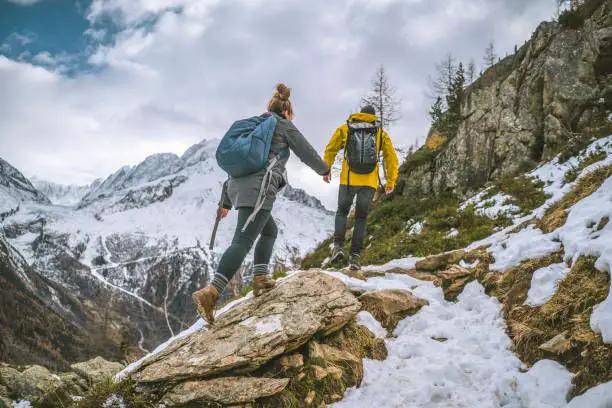
Hiking in the Swiss Alps can be an amazing experience, but it's important to take some precautions to ensure a safe and enjoyable trip. Here are some tips to keep in mind:
1. Check the weather forecast before you start your hike and be prepared for changes in weather conditions.
2. Start early in the morning to avoid afternoon thunderstorms, which are common in the mountains.
3. Stay on marked trails to avoid getting lost or damaging fragile alpine ecosystems.
4. Bring plenty of water and snacks to keep you fueled and hydrated throughout the hike.
5. Take frequent breaks to rest and enjoy the stunning scenery.
6. Respect wildlife and keep a safe distance from animals such as cows, goats, and ibex.
7. Be aware of the signs of altitude sickness, such as headaches, dizziness, and nausea, and descend to a lower altitude if you experience these symptoms.
8. Pack out all of your trash and follow the principles of Leave No Trace to minimize your impact on the environment.
9. Follow the rules of the mountain huts and refuges if you plan to stay overnight, including making a reservation in advance and respecting quiet hours.
10. Finally, don't forget to have fun and appreciate the beauty of the Swiss Alps!
Conclusion
Hiking in the Swiss Alps is a remarkable experience that offers breathtaking views, challenging terrain, and a chance to connect with nature.
To ensure a safe and enjoyable trip, it's important to pack appropriately, check the weather forecast, and follow responsible hiking practices.
The Swiss Alps offer a variety of hiking trails, from multi-day treks to shorter day hikes, each providing a unique and unforgettable experience.
Whether you're an experienced hiker or a beginner, a trip to the Swiss Alps is sure to be a memorable adventure.
